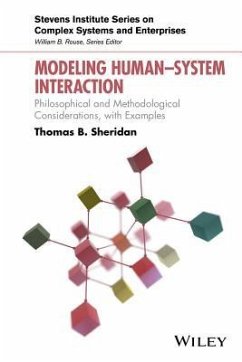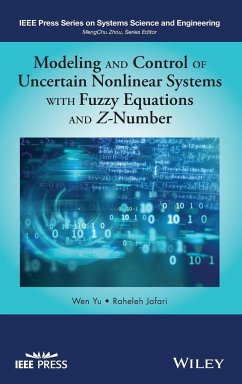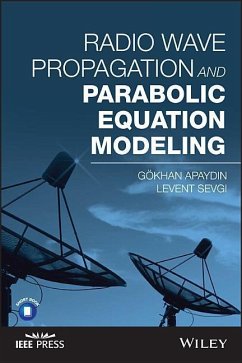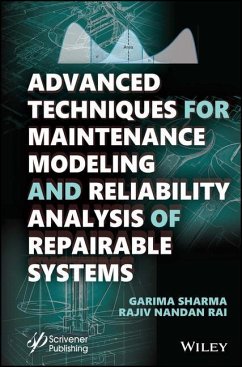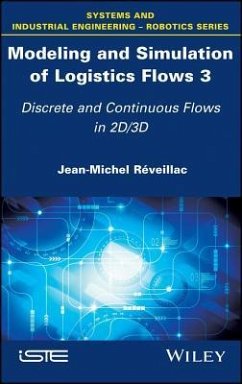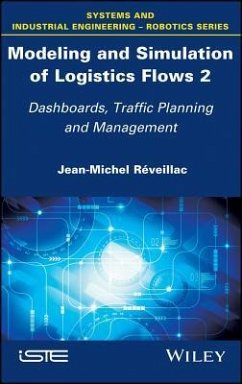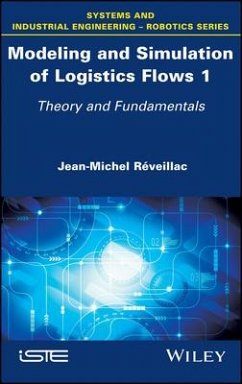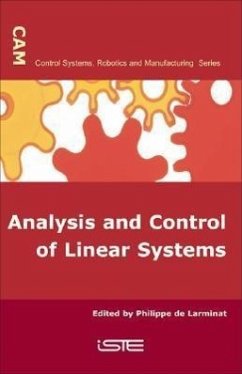
Linear and Nonlinear System Modeling
Versandkostenfrei!
Versandfertig in über 4 Wochen
171,99 €
inkl. MwSt.

PAYBACK Punkte
86 °P sammeln!
Written and edited by a team of experts in the field, this exciting new volume presents the cutting-edge techniques, latest trends, and state-of-the-art practical applications in linear and nonlinear system modeling. Mathematical modeling of control systems is, essentially, extracting the essence of practical problems into systematic mathematical language. In system modeling, mathematical expression deals with modeling and its applications. It is characterized that how a modeling competency can be categorized and its activity can contribute to building up these competencies. Mathematical model...
Written and edited by a team of experts in the field, this exciting new volume presents the cutting-edge techniques, latest trends, and state-of-the-art practical applications in linear and nonlinear system modeling. Mathematical modeling of control systems is, essentially, extracting the essence of practical problems into systematic mathematical language. In system modeling, mathematical expression deals with modeling and its applications. It is characterized that how a modeling competency can be categorized and its activity can contribute to building up these competencies. Mathematical modeling of a practical system is an attractive field of research and an advanced subject with a variety of applications. The main objective of mathematical modeling is to predict the behavior of the system under different operating conditions and to design and implement efficient control strategies to achieve the desired performance. A considerable effort has been directed to the development of models, which must be understandable and easy to analyze. It is a very difficult task to develop mathematical modeling of complicated practical systems considering all its possible high-level non-linearity and cross couple dynamics. Although mathematical modeling of nonlinear systems sounds quite interesting, it is difficult to formulate the general solution to analyze and synthesize nonlinear dynamical systems. Most of the natural processes are nonlinear, having very high computational complexity of several numerical issues. It is impossible to create any general solution or individual procedure to develop exact modeling of a non-linear system, which is often improper and too complex for engineering practices. Therefore, some series of approximation procedures are used, in order to get some necessary knowledge about the nonlinear system dynamics. There are several complicated mathematical approaches for solving these types of problems, such as functional analysis, differential geometry or the theory of nonlinear differential equations.



